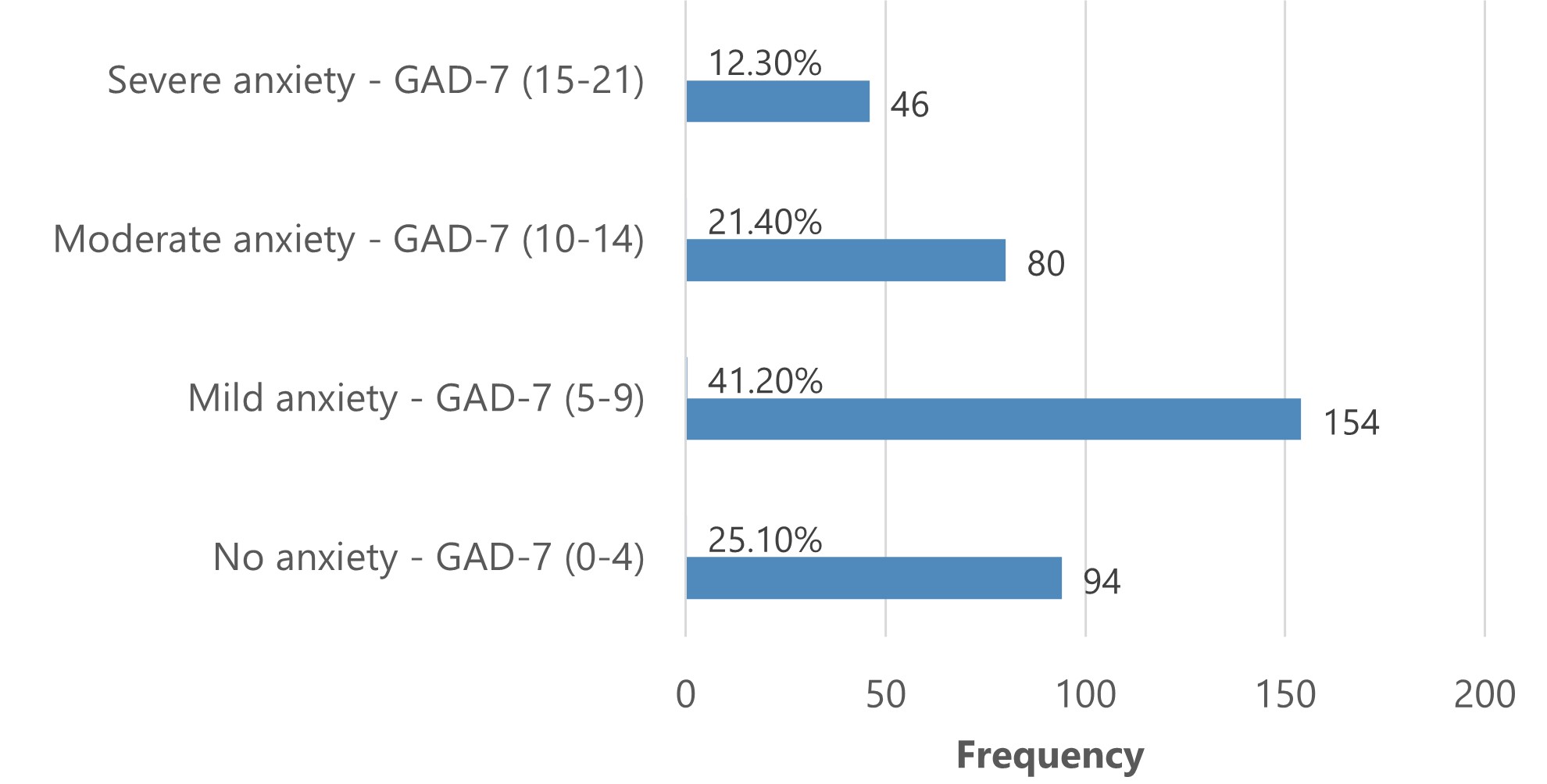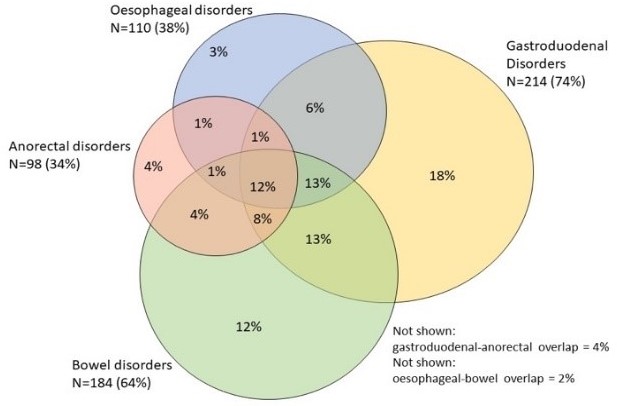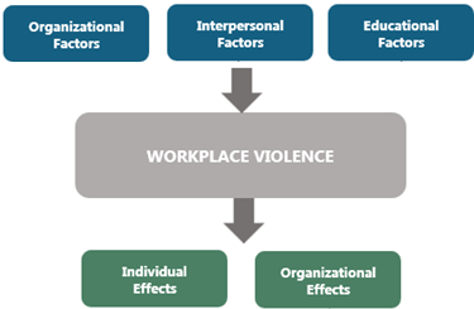Countdown to the World Conference of Medical Student Research-2 Months Left to Apply!

Dear Fellow Researchers,
The clock is ticking! Just two months remain until the September 30th deadline for abstract submissions to the IJMS Fourth Annual World Conference of Medical Student Research, taking place November 15–16, 8 AM–5 PM EST.
Whether you’re...









